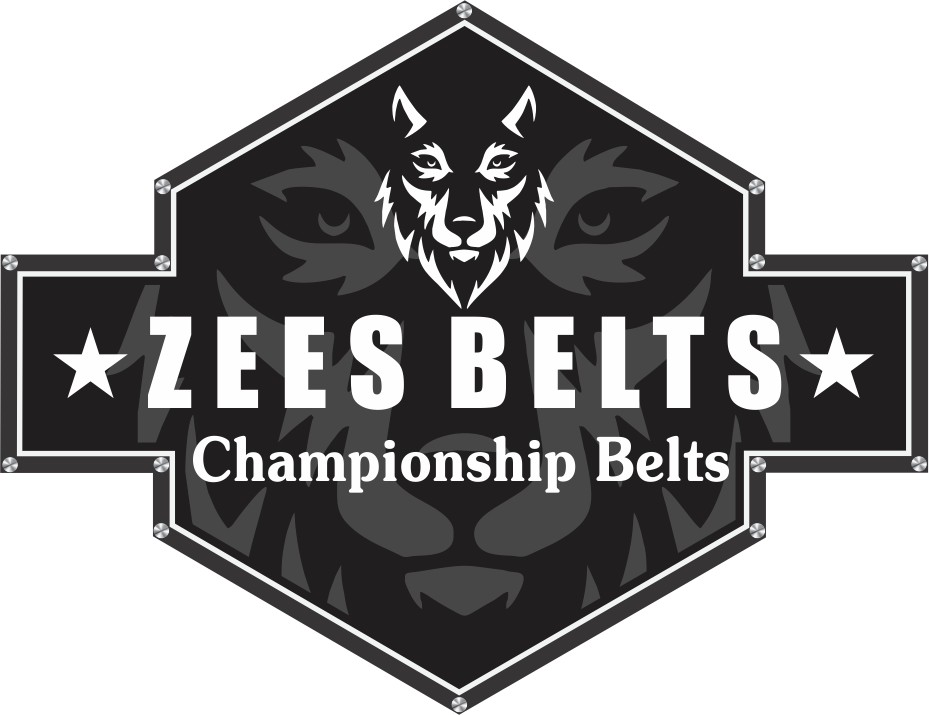Introduction
Wrestling championship belts are more than just accessories—they’re symbols of prestige, hard work, and fandom. Whether you're a collector, a wrestler, or a fan looking to buy an authentic belt, knowing how to spot a fake is crucial. Fake belts often look convincing at first glance, but with a little knowledge, you can easily tell the difference.
In this guide, we’ll walk you through the key signs of a counterfeit wrestling belt so you can make an informed purchase. Plus, if you're looking for genuine, high-quality belts, be sure to check out our store for authentic options!
1. Check the Material Quality
Authentic wrestling belts are made from high-quality materials like genuine leather, solid metal plates, and sturdy stitching. Fake belts, on the other hand, often use cheap alternatives:
-
Leather: Real belts have thick, durable leather, while fakes may use thin or synthetic leather that feels plasticky.
-
Metal Plates: Authentic belts have heavy, polished metal plates. Fakes may use lightweight, painted plastic or low-grade metal that tarnishes quickly.
-
Stitching: Look for neat, tight stitching. Poor stitching or glued-on parts are red flags.
2. Examine the Engravings and Details
A real championship belt has precise, deep engravings with clean edges. Fake belts often have shallow or blurry details:
-
Logo & Text: Check the clarity of logos, names, and text. Authentic belts have sharp, well-defined engravings.
-
Side Plates: Many official belts have removable side plates with intricate designs. Fakes may have glued-on or poorly detailed side plates.
-
Paint Fill: High-end belts use enamel or high-quality paint that doesn’t chip easily. Cheap belts may have uneven or peeling paint.
3. Look for Official Licensing
Legitimate wrestling belts are usually licensed by major organizations like WWE, AEW, or NJPW. Here’s how to verify authenticity:
-
Hologram Stickers: Some official belts come with holographic authenticity stickers.
-
Brand Markings: Check for official logos or copyright engravings on the back of the plates.
-
Seller Reputation: Buy from authorized dealers or trusted sellers with positive reviews.
4. Compare the Weight
Authentic belts are heavy due to their metal construction. If a belt feels unusually light, it’s likely a fake:
-
Metal vs. Plastic: Real belts weigh several pounds, while counterfeit ones may be made of lightweight plastic or thin metal.
-
Balance: A genuine belt has a solid, balanced feel when held. Fakes may feel flimsy or uneven.
5. Price Too Good to Be True? It Probably Is
High-quality wrestling belts are expensive because of their craftsmanship. If a belt is being sold at an unusually low price, be cautious:
-
Retail Comparison: Compare prices with official retailers. A huge discount often means it’s a fake.
-
Too Many "Rare" Belts: Scammers often claim to sell rare or discontinued belts at low prices. Always verify before buying.
6. Research the Seller
Before purchasing, check the seller’s credibility:
-
Website Reviews: Look for customer feedback and ratings.
-
Return Policy: Reputable sellers offer clear return policies.
-
Customer Service: A trustworthy seller will respond to questions about authenticity.
Conclusion
Spotting a fake wrestling championship belt isn’t hard if you know what to look for. Always check the materials, engravings, weight, and seller reputation before making a purchase. Investing in an authentic belt ensures you get a high-quality, long-lasting piece that truly represents wrestling excellence.
